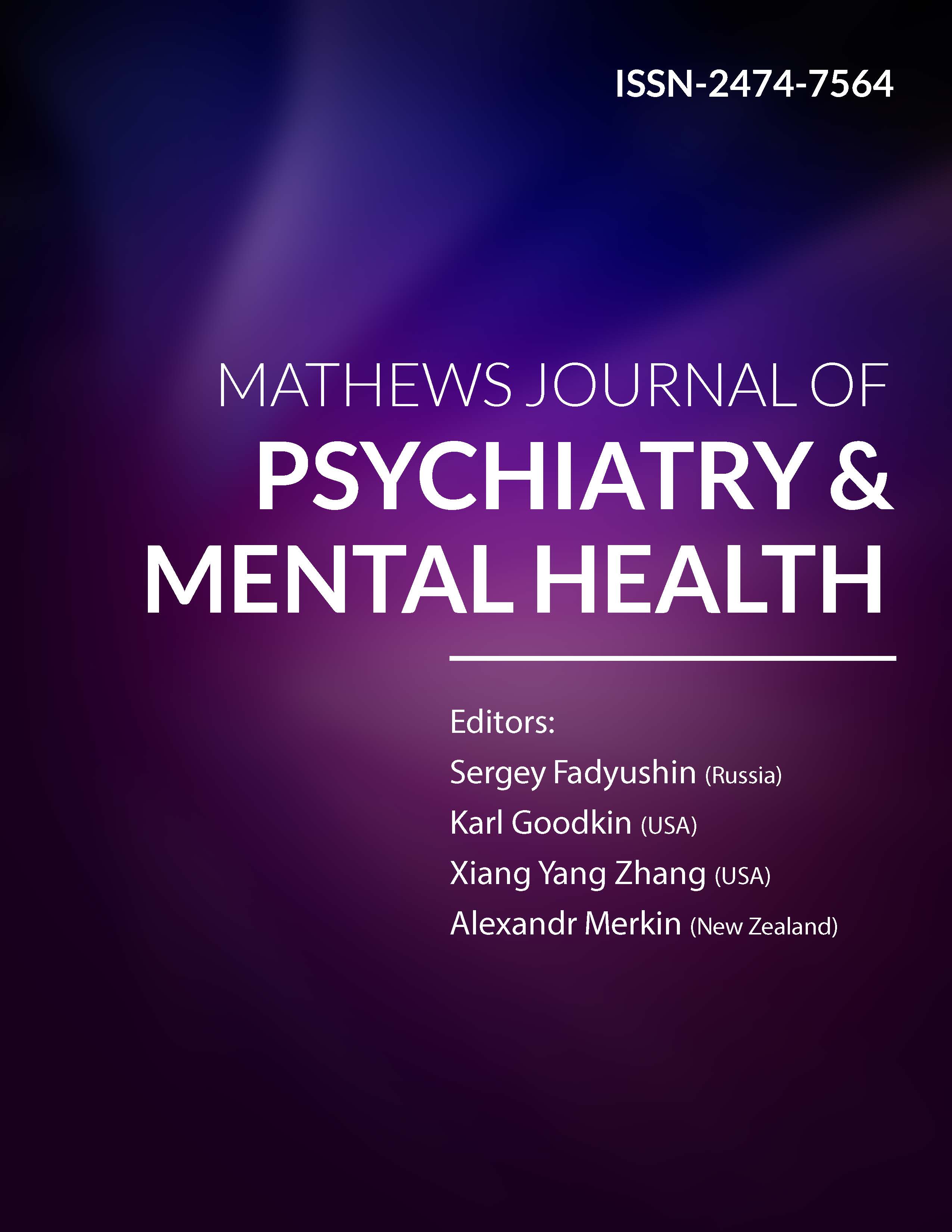
Information Links
Previous Issues Volume 4, Issue 1 - 2019
Prediction of Adolescent Subjective Well-Being: A Machine Learning Approach
Z Naixin1,3, L Chuanxin2, A Lin1,3, C Zhixuan1,3, R Decheng1,3, Y Fan1,3, Y Ruixue1,3, J Lei 1,3, B Yan1,3, G Zhenming1,3, M Gaini1,3, X Fei1,3, Y Fengping1,3, Z Liping5, R Gabriel6, X Yifeng3, H Lin1,3, B Bo4 *, H Guang1,3*, Y Tao1,2,3*
1Bio-X Institutes, Key Laboratory for the Genetics of Developmental and Neuropsychiatric Disorders, Shanghai Jiao Tong University, Shanghai, China
2School of Mental Health, Jining Medical University, Jining, Shandong, China
3Shanghai Key Laboratory of Psychotic Disorders, and Brain Science and Technology Research Center,Shanghai Jiao Tong University, Shanghai, China
4Institute of Neurobiology, Jining Medical University, Jining, Shandong, China
5Shanghai Center for Women and Children’s Health, Shanghai, China 6 Department of psychiatry, EA4712 Behavior and Basal Ganglia Unit, Med
6Department of Psychiatry, EA4712 Behavior, and Basal Ganglia Unit, Medical University of Rennes, 1 Rennes, France.
Corresponding Author: Guang He* Bio-X Center, Shanghai Jiao Tong University, 1954 Huashan Road, Shanghai 200030, P.R. China.
Received Date: Mar 06 2019
Published Date: Apr 30 2019
Citation: He G (2019). Prediction of Adolescent Subjective Well-Being: A Machine Learning Approach. Mathews J Psychiatry Ment Health 4(1): 21
ABSTRACT
Background and Objectives Subjective well-being (SWB), also known as happiness, plays an important role in evaluating both mental and physical health. Adolescents deserve specific attention because they are under a great variety of stresses andare at-risk for mental disorders during adulthood.
Methods We used Gradient Boosting Classifier, an innovative yet validated machine learning approach to analyze data from 10 518 Chinese adolescents. Online survey included 298 factors such as depression and personality. Quality control procedure was used to minimize biases due to online survey reports. We applied feature selection to achieve the balance between optimal prediction and result interpretation.
Results Top 20 happiness risks and protective factors were finally brought intothe predicting model. About 90% individuals’ SWB can be predicted correctly, the sensitivity and specificity were about 92% and 90% respectively.
Conclusions This result identifies at-risk individuals according to new characteristics and established the foundation for adolescent prevention strategies.
Keywords: Prediction; Adolescent; Subjective Well-Being; Machine Learning